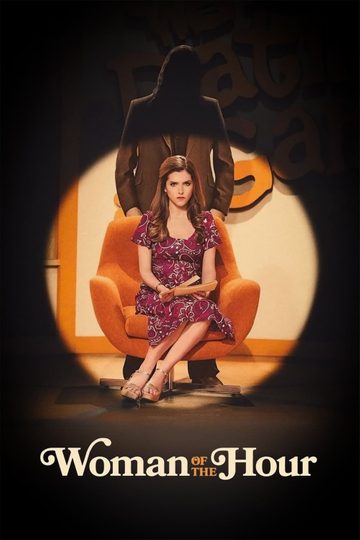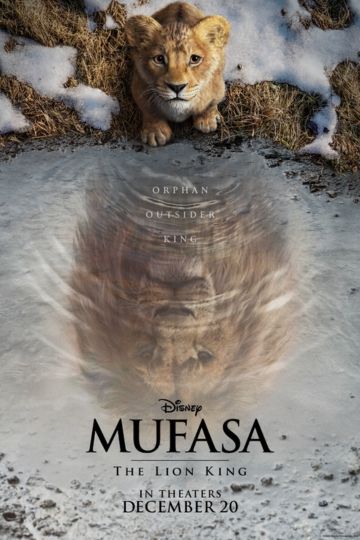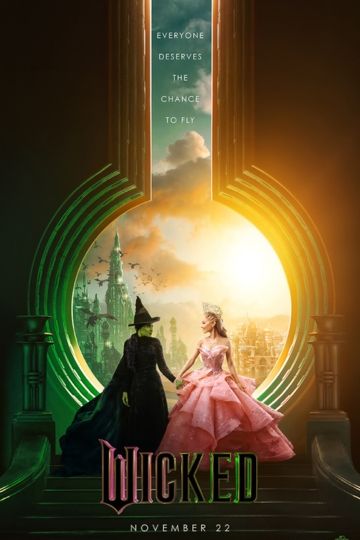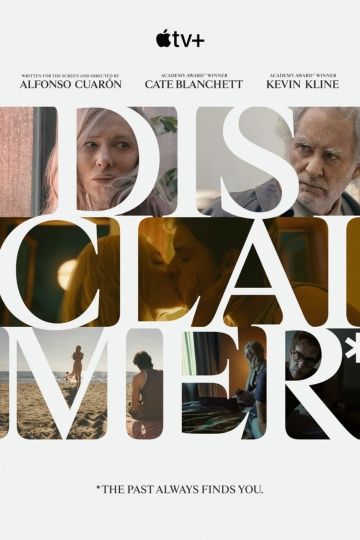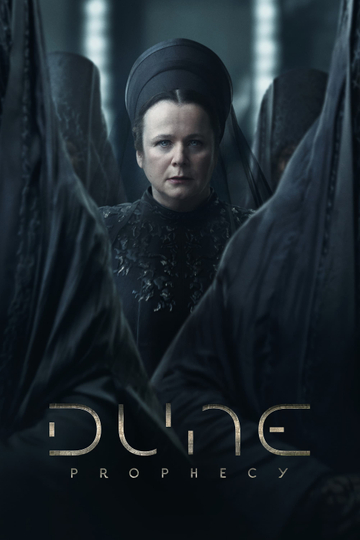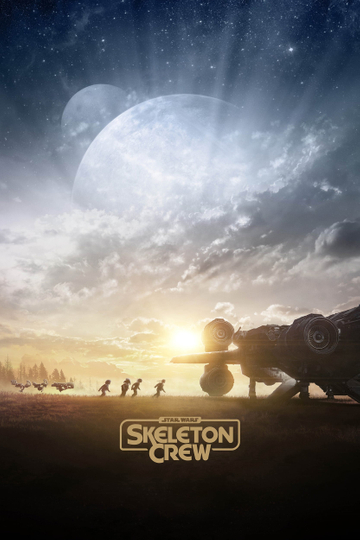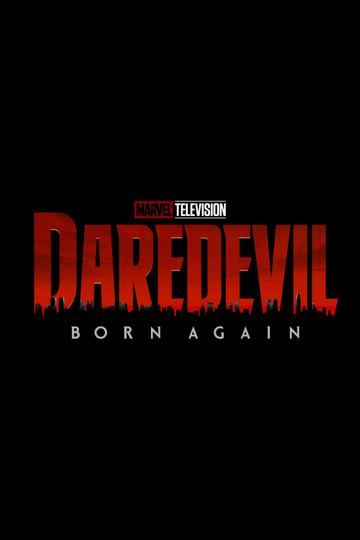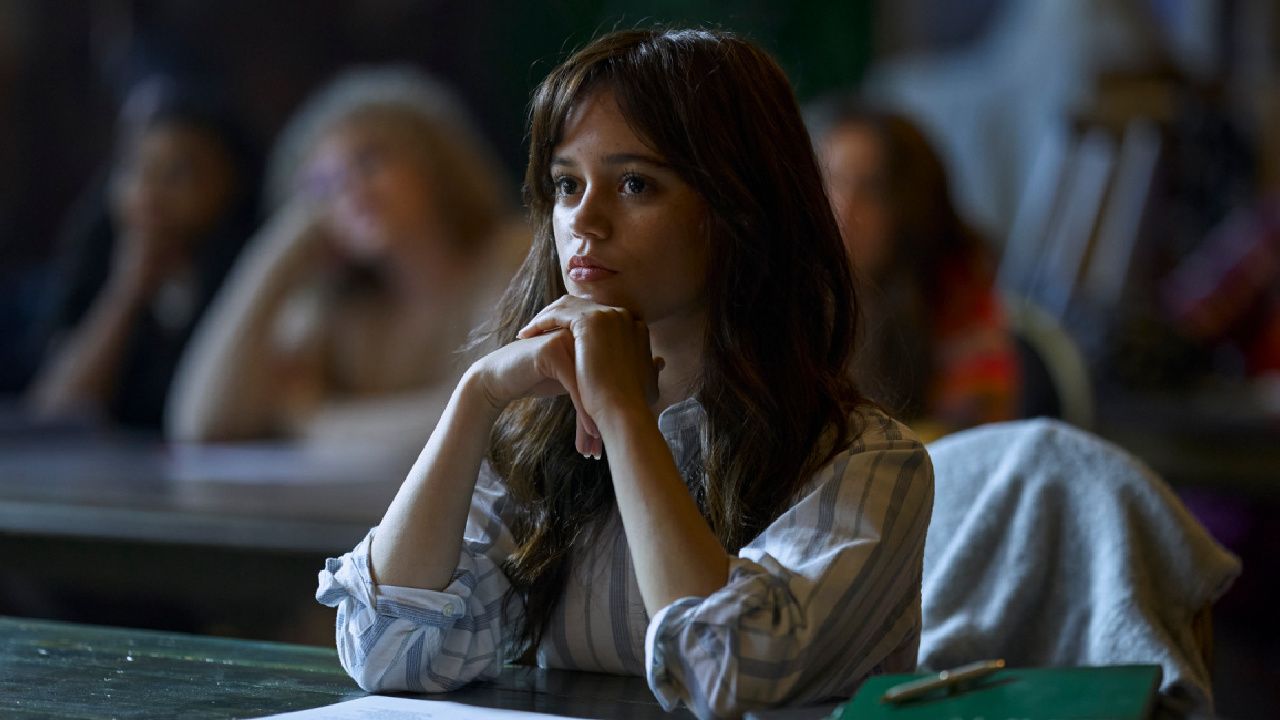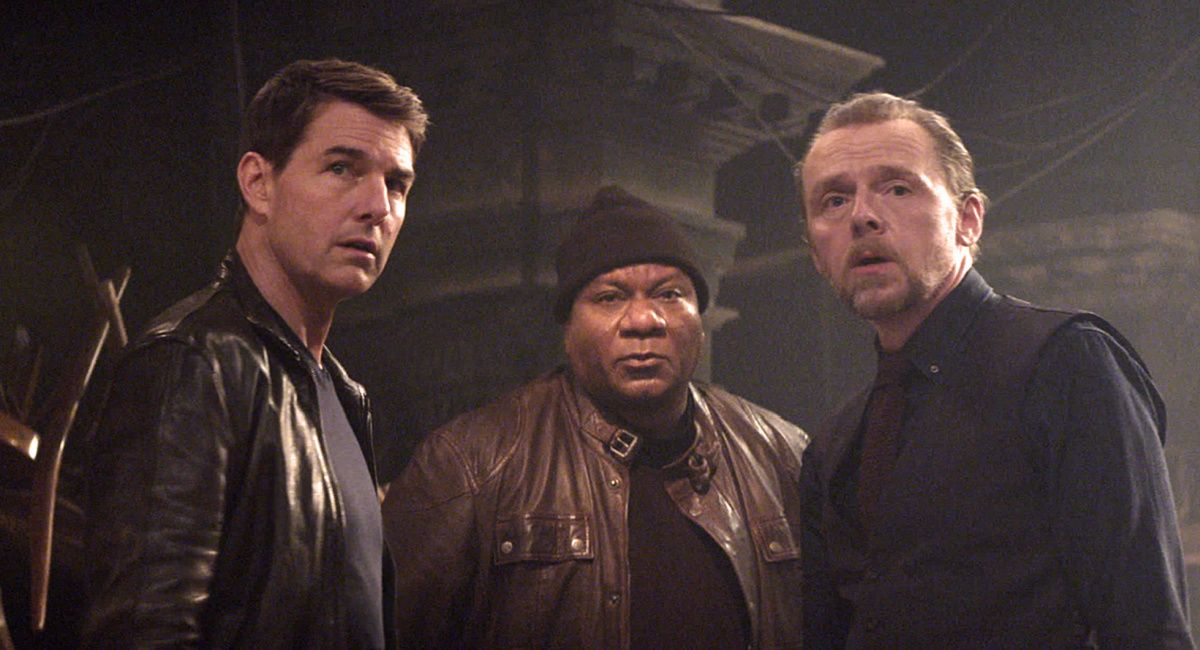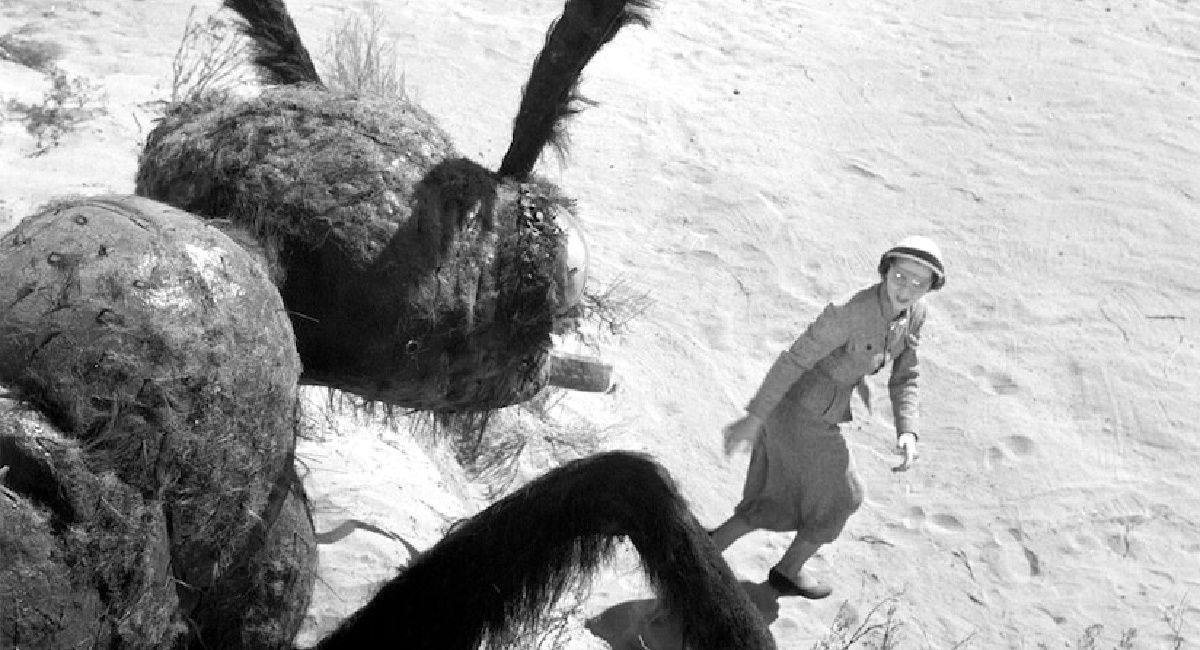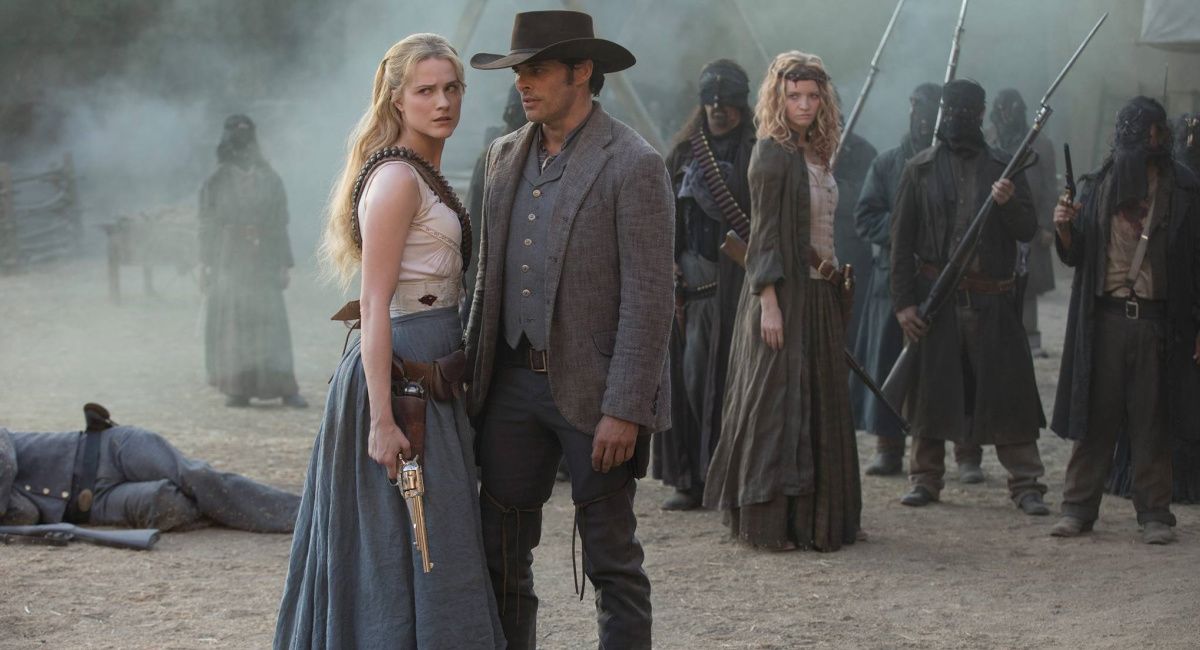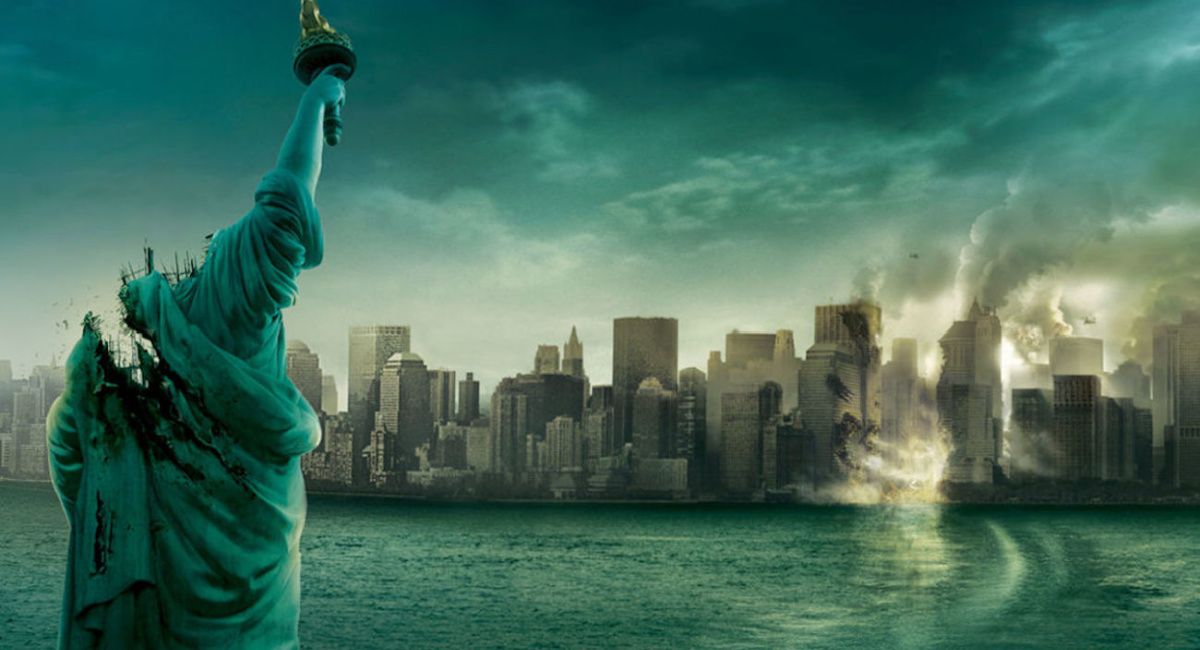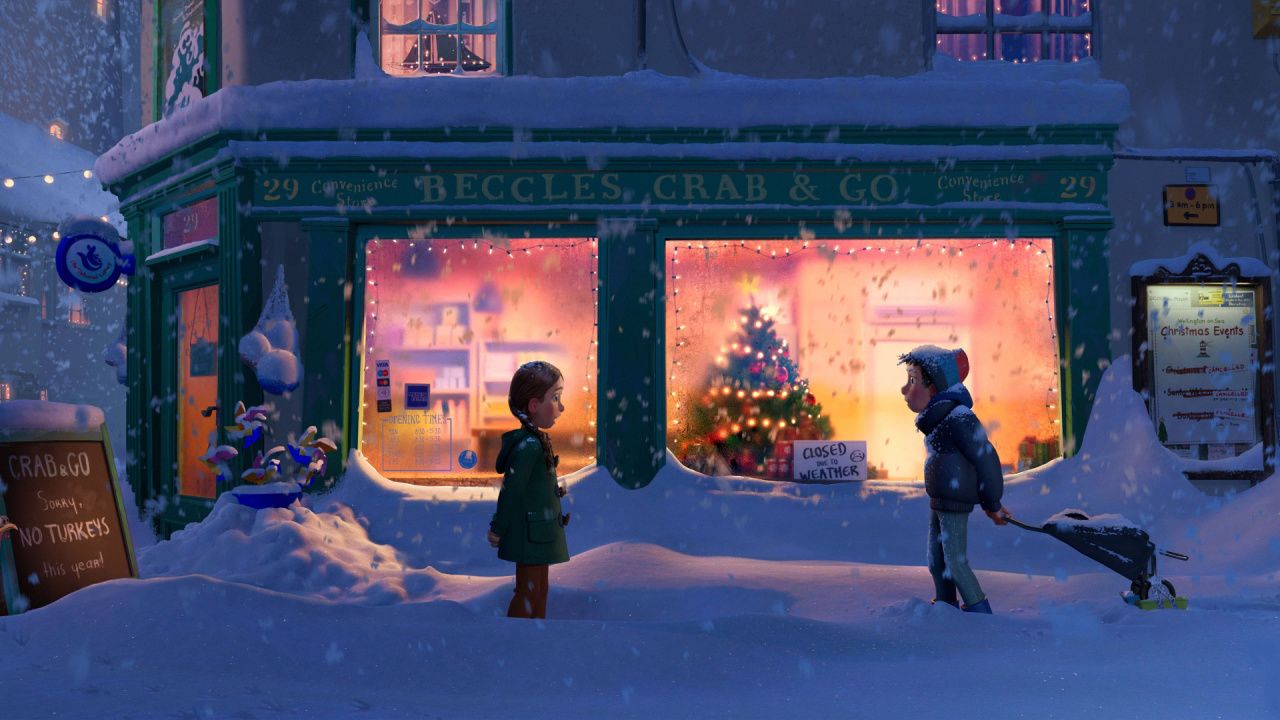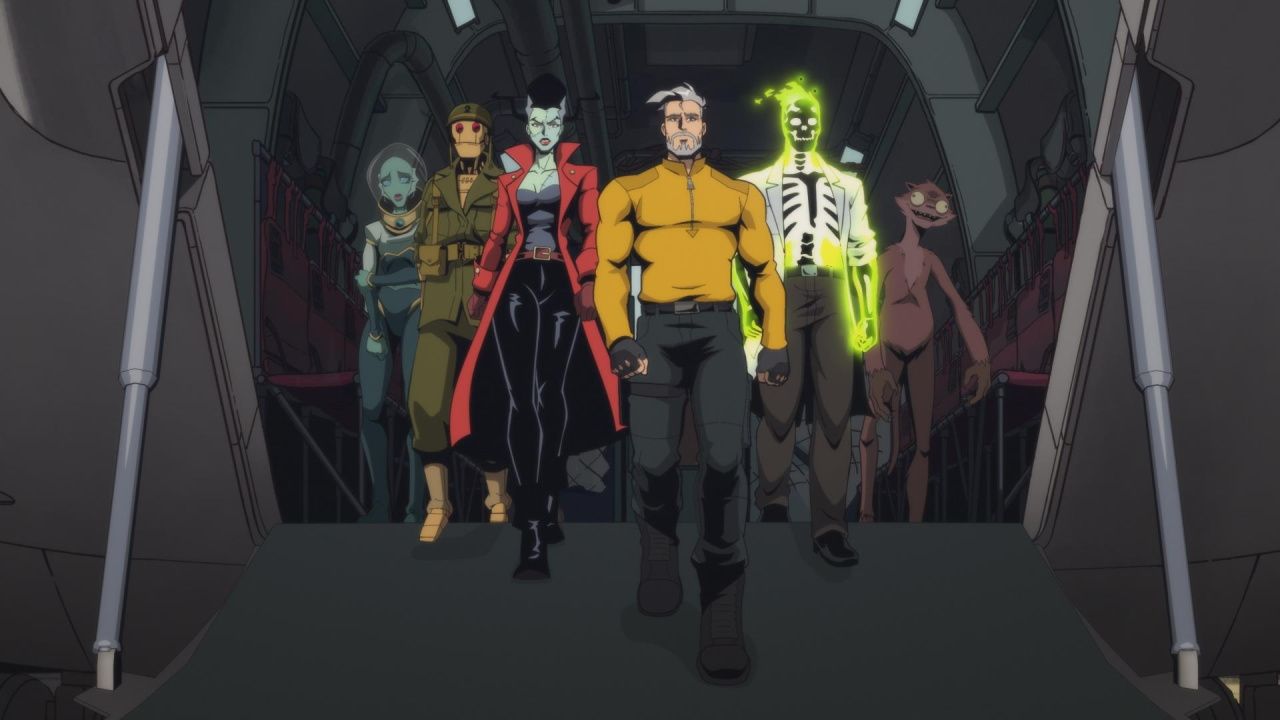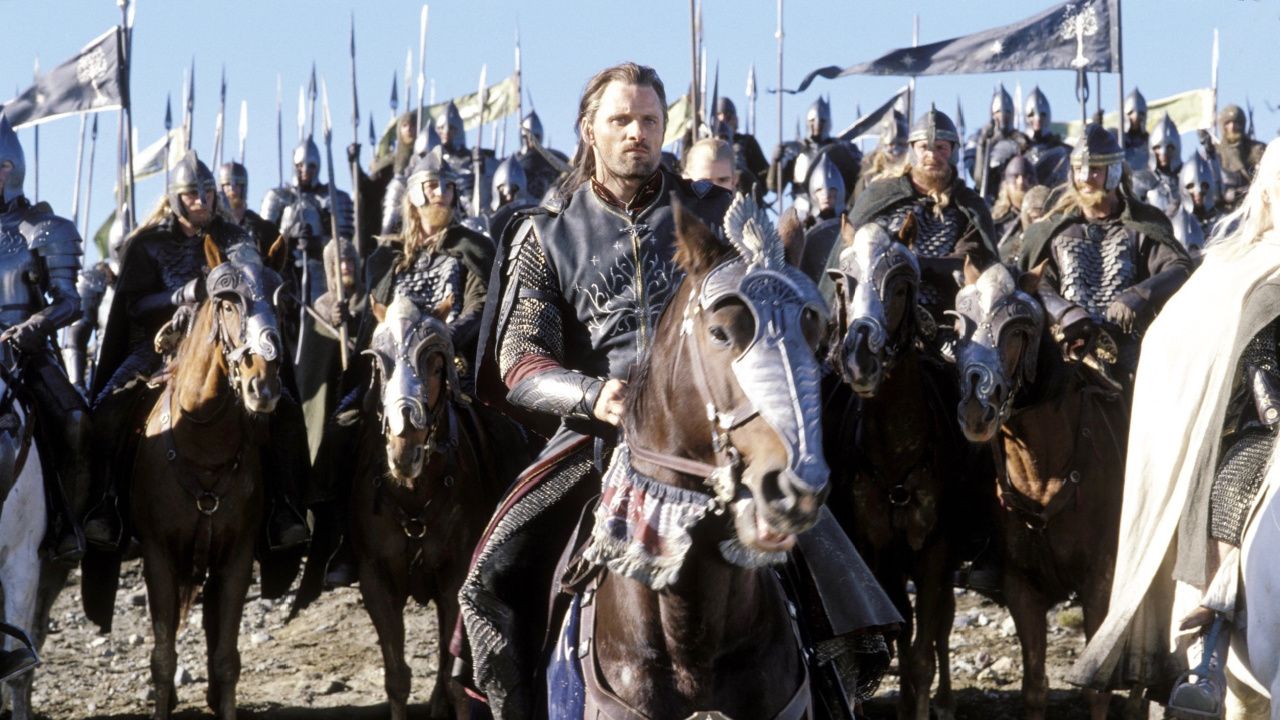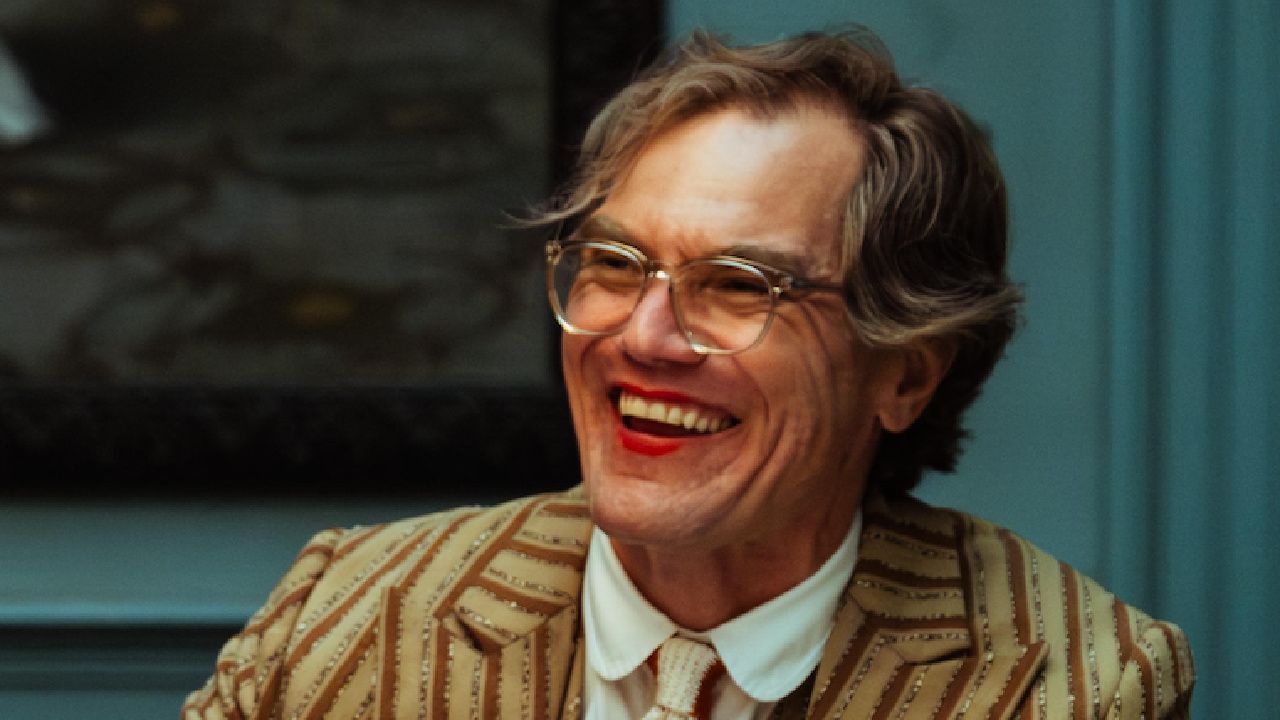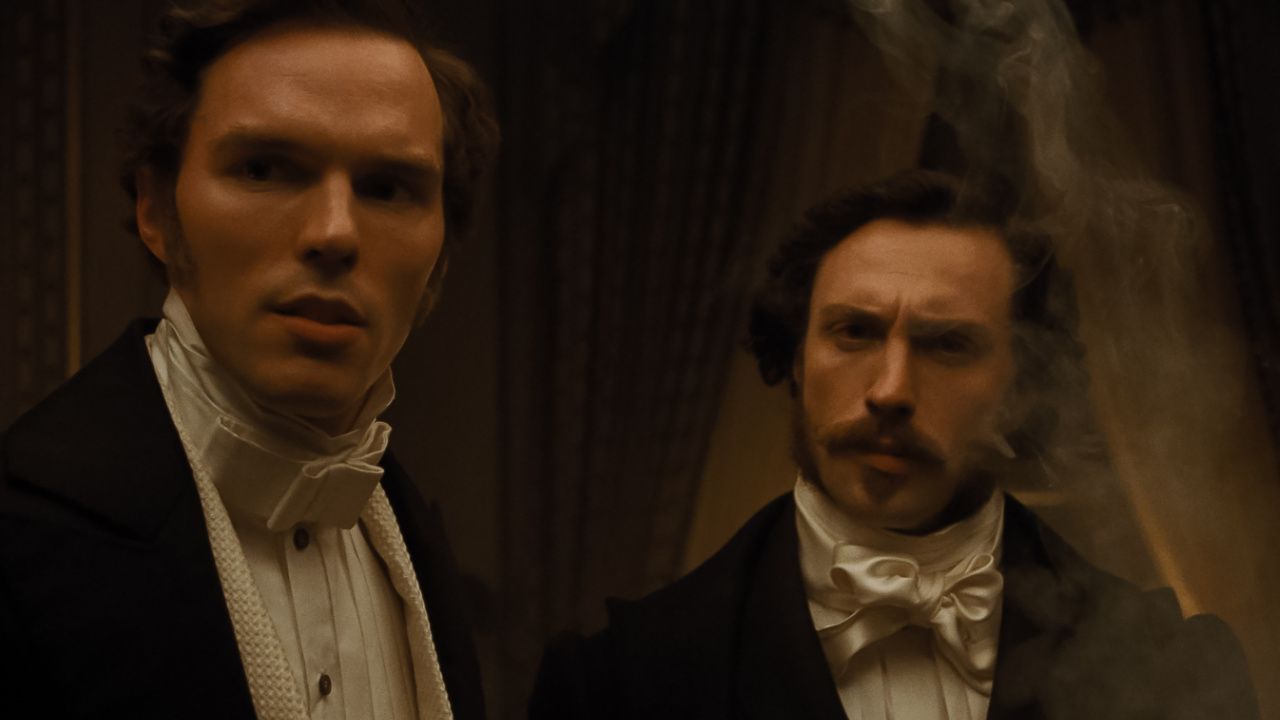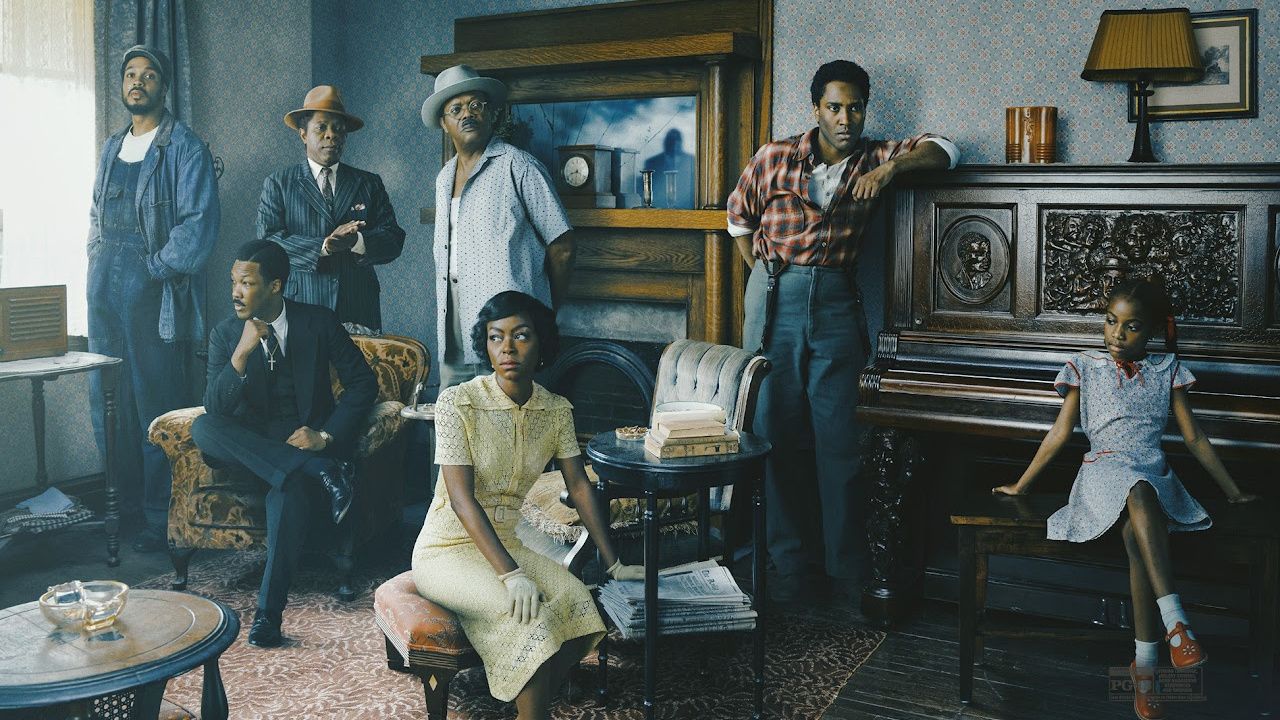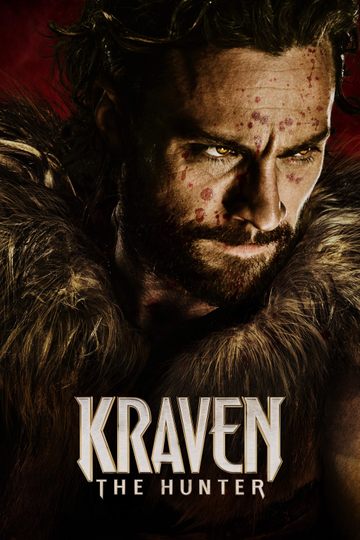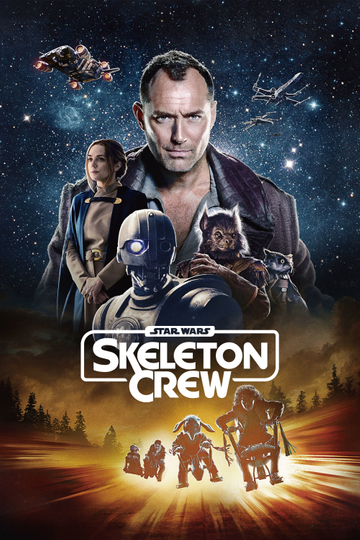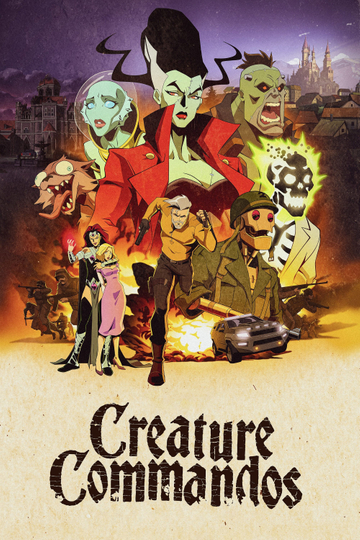Every J.J. Abrams Movie, Ranked
JJ Abrams has designed his career trajectory to have the maximum impact on popular culture. After starting out on television (and with a smattering of big screen writing work), he became one of the most powerful and influential producers, comfortably reshaping our conception of the narrative television drama (with shows like “Lost” and “Castle Rock”) and shepherding a number of high profile franchises (“Mission: Impossible,” “Star Trek,” “Star Wars,” and his own “Cloverfield”). He’s a force of nature. And today’s his birthday! So we thought we’d rundown all of his big screen directorial efforts, mystery boxes and all.
5. ‘Star Trek Into Darkness’ (2013)
Truth be told, “Star Trek Into Darkness” isn’t terrible. It’s opening sequences, previewed during IMAX presentations of “The Hobbit” the year before, are some of the filmmaker’s best work (the near-miss escape from an indigenous planet, with the Enterprise rising from the ocean, and a nearly wordless sequence that ends in a terrorist attack), and Peter Weller makes a suitably menacing villain. But so much of the sequel felt unnecessary, from Alice Eve in her underwear to the hoops everyone went through denying that Benedict Cumberbatch played iconic ‘Trek’ baddie Khan. (I still don’t understand it.) Adding insult to injury was the prolonged delay in between movies; they waited four years for a follow-up and this is what they came up with? All that hope, all that promise … and after one more, slightly livelier sequel, the big screen franchise is all but kaput. Abrams’ direction remained strong but his grip on storytelling and character faltered.
4. ‘Mission: Impossible III’ (2006)
The story goes that Tom Cruise chose Abrams as the next director in the beloved franchise after marathoning episodes of his ABC spy series “Alias.” And, truth be told, “Mission: Impossible III” plays like a much longer version of that show, from his insistence on TV-friendly close-ups to the structural quirk of starting the movie with one of the last scenes and then spending the rest of the running time catching up to that point. (Many episodes of “Alias” were structured identically.) There are a handful of absolutely unforgettable sequences in “Mission: Impossible III,” most notably the set piece at the Vatican, which remains a highlight of the entire franchise, but compared to the other films in the series, it feels somewhat safe and predictable, although it has informed all of the films that followed (JJ has remained a producer on the subsequent installments).
3. ‘Super 8’ (2011)
Abrams loves the art of surprise, so he launched “Super 8” in secret, releasing a teaser that showed a train crash and mysterious text about a section of Area 51 being closed down. The actual film, a sweet-natured Spielberg-y romp (only this one was actually produced by Spielberg) set in 1979, was far sweeter than those initial teases suggested, following a group of young filmmakers who uncover a mystery following that train crash. But none of the pieces of “Super 8” add up to much; the titular footage reveals something the audience (and most of the characters) have known for a while (and the other reading of “Super 8” being the group of kids only works if you include the sister and photo shop guy, and they’re never really together). Plus, the creature, who regularly eats the townspeople, is too menacing to be a cuddly “E.T.”-style chum. (It also feels oddly rushed, with scenes not aligning properly.) This was a movie that I wanted to love so badly. Instead, it’s an object of mild curiosity instead, both personal (it’s the only movie Abrams has written and directed by himself) and removed (it’s very pastiche-y).
2. ‘Star Wars: The Force Awakens’ (2015)
People like to knock “The Force Awakens” for being too similar to “A New Hope,” but the very first “Star Wars” film set up an ironclad template for the kind of rousing adventure that Abrams knew he had to return the franchise to. (The less said about the prequels, the better.) That template served as a way to introduce indelible new characters, good and bad (including Rey, Finn, Poe, Kylo and BB-8) while also finding room for the old guard (including Leia and Han Solo), while turning the main character of the original trilogy into an uncanny MacGuffin (only Abrams could cram Luke Skywalker into one of his mystery boxes). As the first film in a new series of movies made after Disney’s lucrative purchase of Lucasfilm, there was pressure on the filmmaking to make something that really delivered. And it did. It’s an incredibly lovable, charming movie, full of warmth and suspense, action and drama, that harkens back not only to the original film but to the old series that Lucas was basing “Star Wars” on. Sure, it sometimes mirrors the original a little too closely (would it have killed them to design some new ships), and the events in between “Return of the Jedi” and this movie remain fuzzy (so the Empire fell only to be replaced by something that was exactly like the Empire?), but that doesn’t really take away from the fun of the film. It also expertly set the table for the new trilogy’s true masterpiece “The Last Jedi.” We’ll see if Abrams can wrap everything up as nicely as he began it.
1. ‘Star Trek’ (2009)
It’s telling that Abrams has remade “Star Wars” twice and his actual “Star Wars” movie is the second-best one. 2009’s “Star Trek” is still a nearly unparalleled dazzler, a canny prequel/reboot that feels wholly fresh and original, with a nifty plot (involving time travel and alternate dimensions) that doesn’t negate the films that came before it. Abrams brilliantly cast the movie, introducing a host of fresh faces playing iconic roles that, by the time the film was released, had become more punchline than anything else. (“Star Trek: Nemesis” was an inglorious end to the Enterprise’s big screen adventures, critically lambasted and commercially ignored.) Breathlessly told, with inventive set pieces (the opening attack sequence, particularly when the sound effects go away and leave room for Michael Giacchino’s soaring score, is enough to bring tears to your eyes) and memorable new characters (Eric Bana’s Nero is terrific – wry and scary). After the promise of “Mission: Impossible III,” Abrams showed himself to be an honest-to-goodness filmmaker, able to improbably invigorating moribund franchises with vitality, humor and boundless energy. It feels like I’ve watched “Star Trek” a thousand times and it also feels like I could watch it a thousand more.


